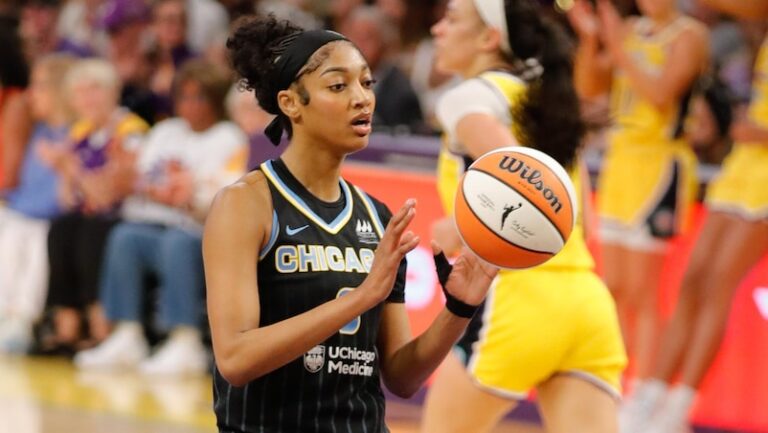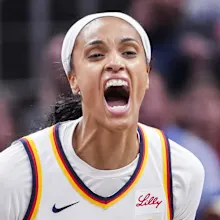Caitlin Clark’s impact on women’s basketball is nothing short of transformative. With her record-breaking performances, electrifying court presence, and unrivaled shooting range, she has captured the attention of fans nationwide and drawn in new audiences to the sport. Her style of play—bold, confident, and at times theatrical—has reinvigorated conversations around women’s basketball and ushered in a new era of mainstream recognition. Yet, in the midst of her rising stardom, Clark has become a magnet for criticism. Many question why someone so undeniably talented continues to draw negative attention, even as she sets records and carries her team into the spotlight.
Some of the criticism stems from how Clark presents herself on the court. Her passionate demeanor, fiery competitiveness, and visible expressions of confidence—sometimes mistaken for arrogance—have been polarizing. While many celebrate male athletes for the same traits, women are often held to different standards. Clark’s on-court intensity, whether in the form of a glare or a celebration after a big shot, can be interpreted unfairly depending on who’s watching. Critics argue she lacks humility, while supporters see an athlete who refuses to shrink herself to fit outdated expectations.
There’s also a broader cultural conversation at play. As women’s sports gain visibility, female athletes are increasingly subject to the same public scrutiny male athletes have long faced. With this exposure comes a complex web of expectations around how women should behave in the spotlight. Clark, who has become a face of women’s college basketball, often finds herself at the center of debates about race, gender, and media bias—despite her focus remaining squarely on the game. This scrutiny isn’t unique to her, but it has intensified as her profile grows and her every move is dissected by fans, commentators, and social media.
Another layer of the criticism Clark receives comes from the sheer volume of her success. Athletes who dominate their sport often invite detractors—sometimes simply because they are at the top. Clark’s records and accolades, while objectively impressive, can provoke envy or resentment, especially from rival fan bases or those invested in seeing other players shine. Her consistent ability to perform at a high level, combined with the media attention she commands, can unintentionally overshadow other talents in the game, leading to backlash from those who feel the spotlight should be more evenly distributed.
In the end, Caitlin Clark’s journey illustrates both the rewards and challenges of standing out in a changing sports landscape. Her skill and influence have raised the bar for what’s possible in women’s basketball, but they’ve also made her a lightning rod for debate. As the game continues to evolve, so too must the conversations around it. The criticism Clark faces is not just about her—it reflects larger tensions around how we view female athletes, celebrate success, and navigate the complex world of sports fandom.



